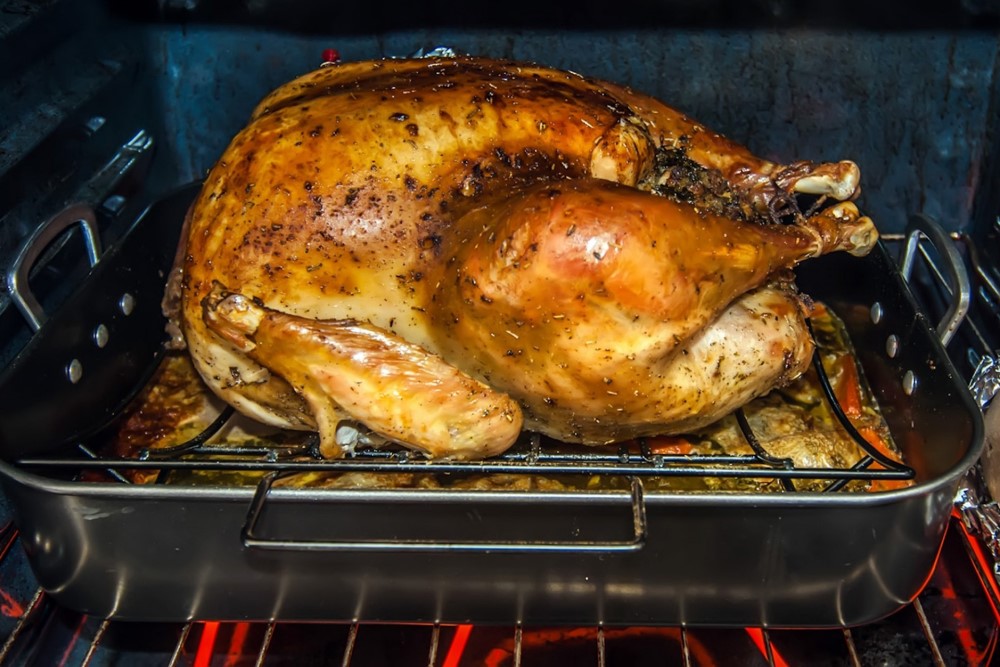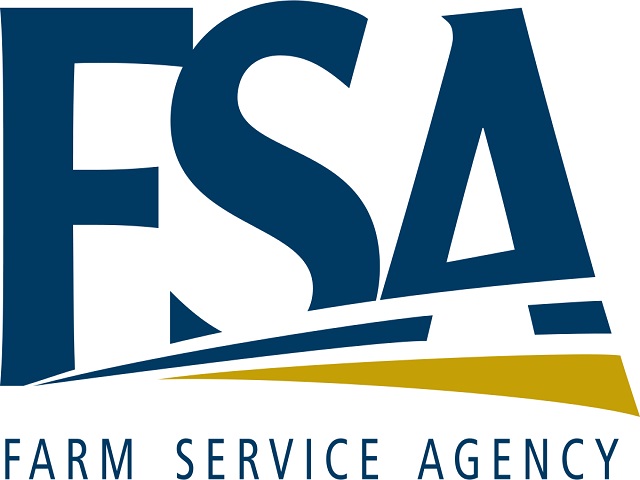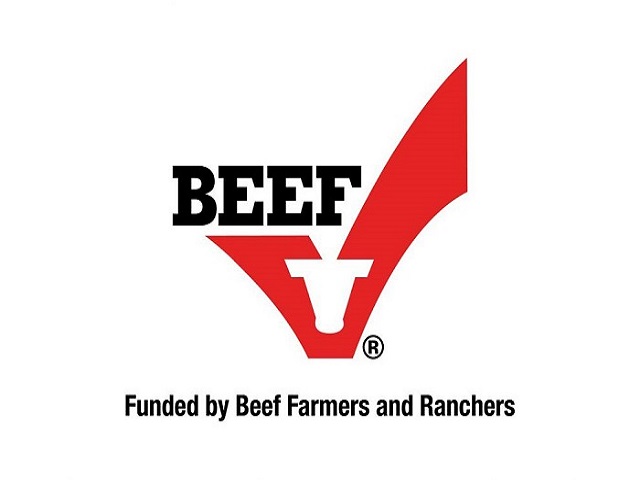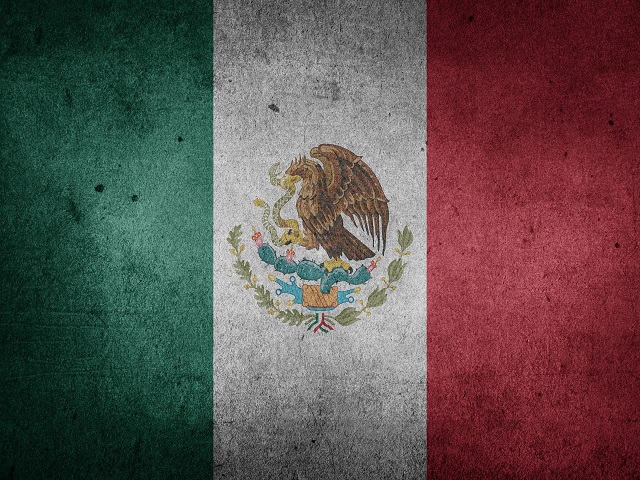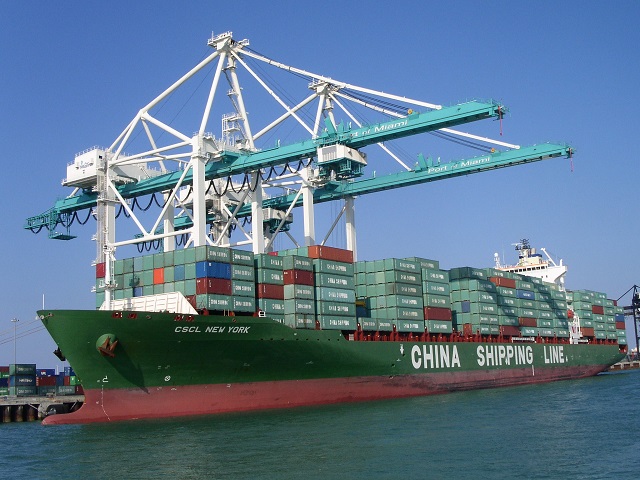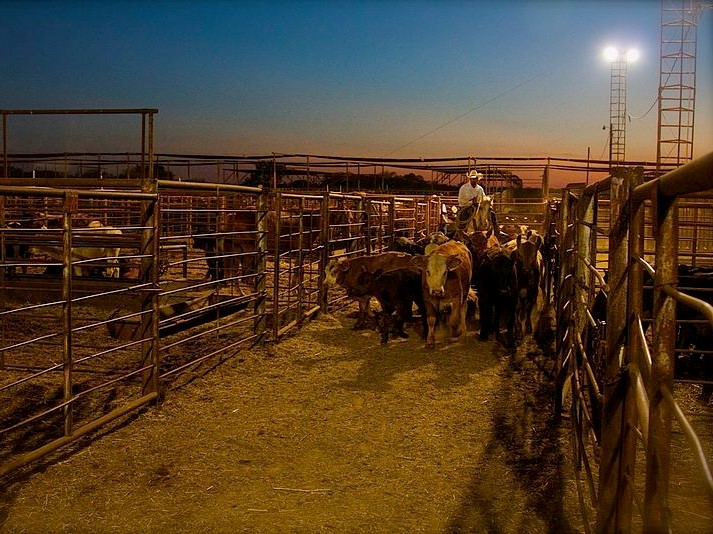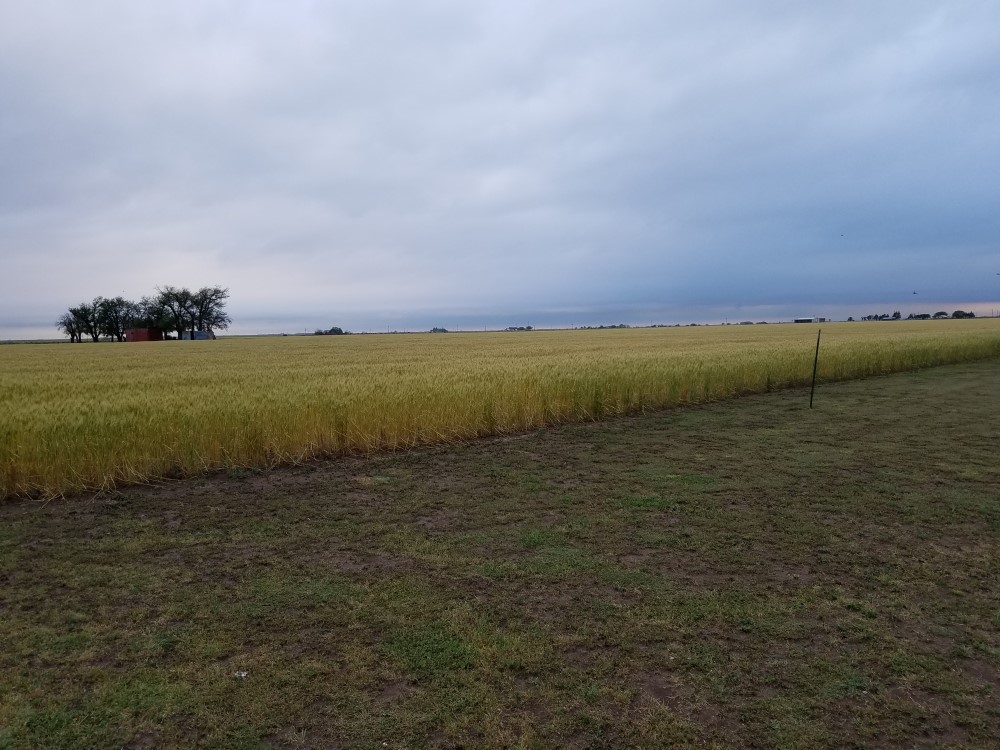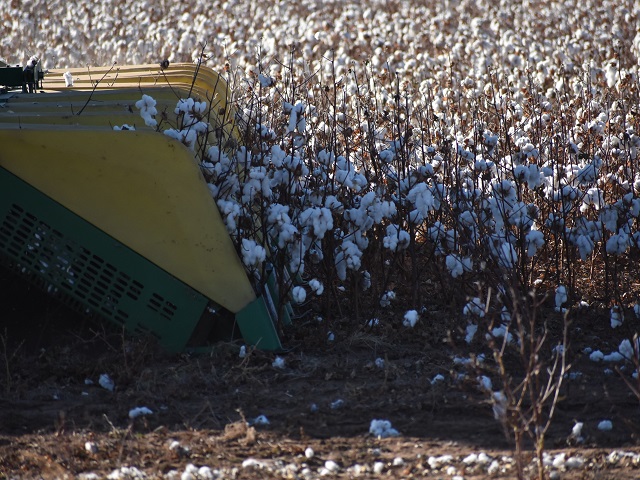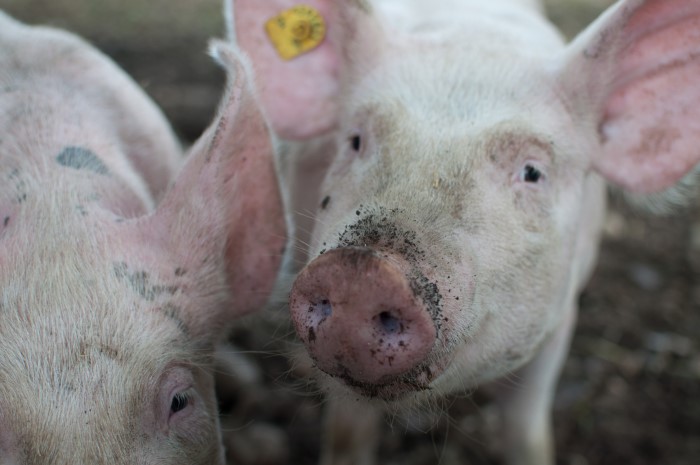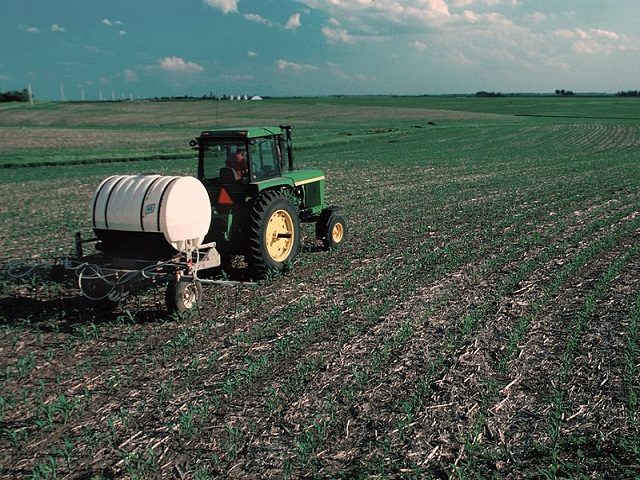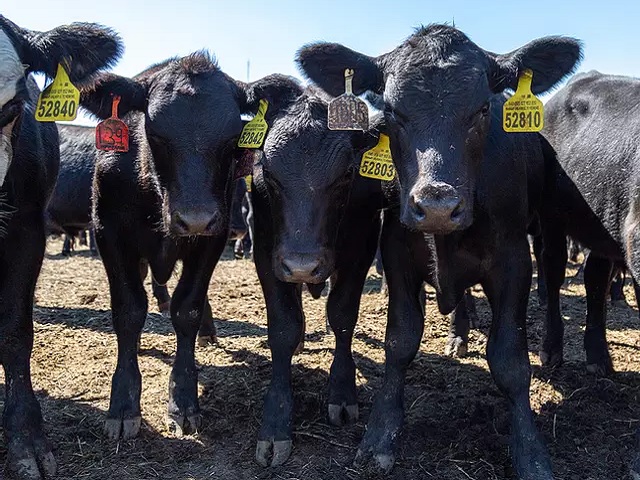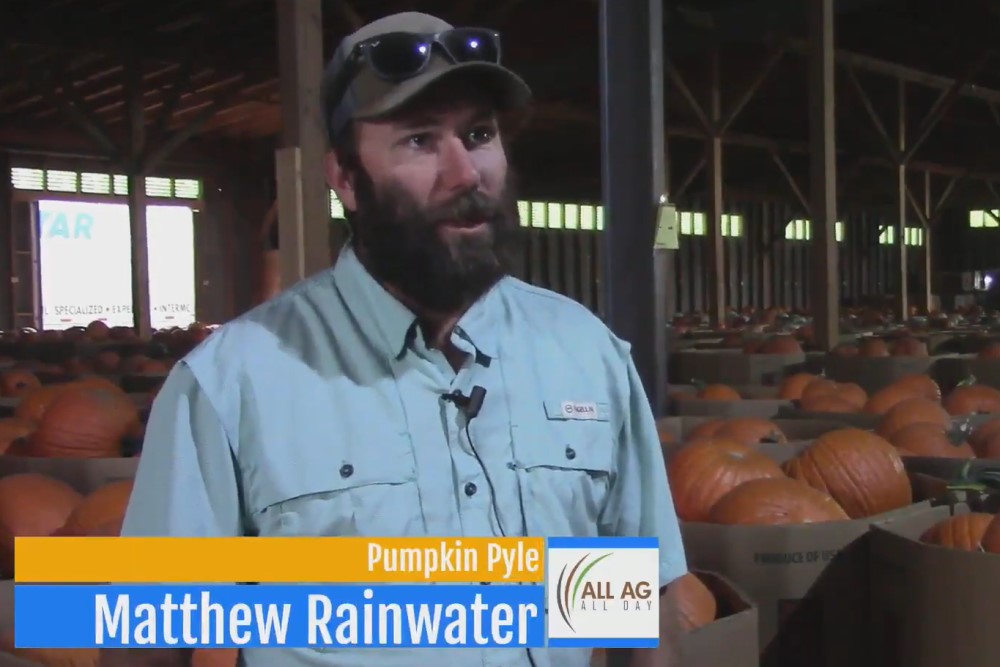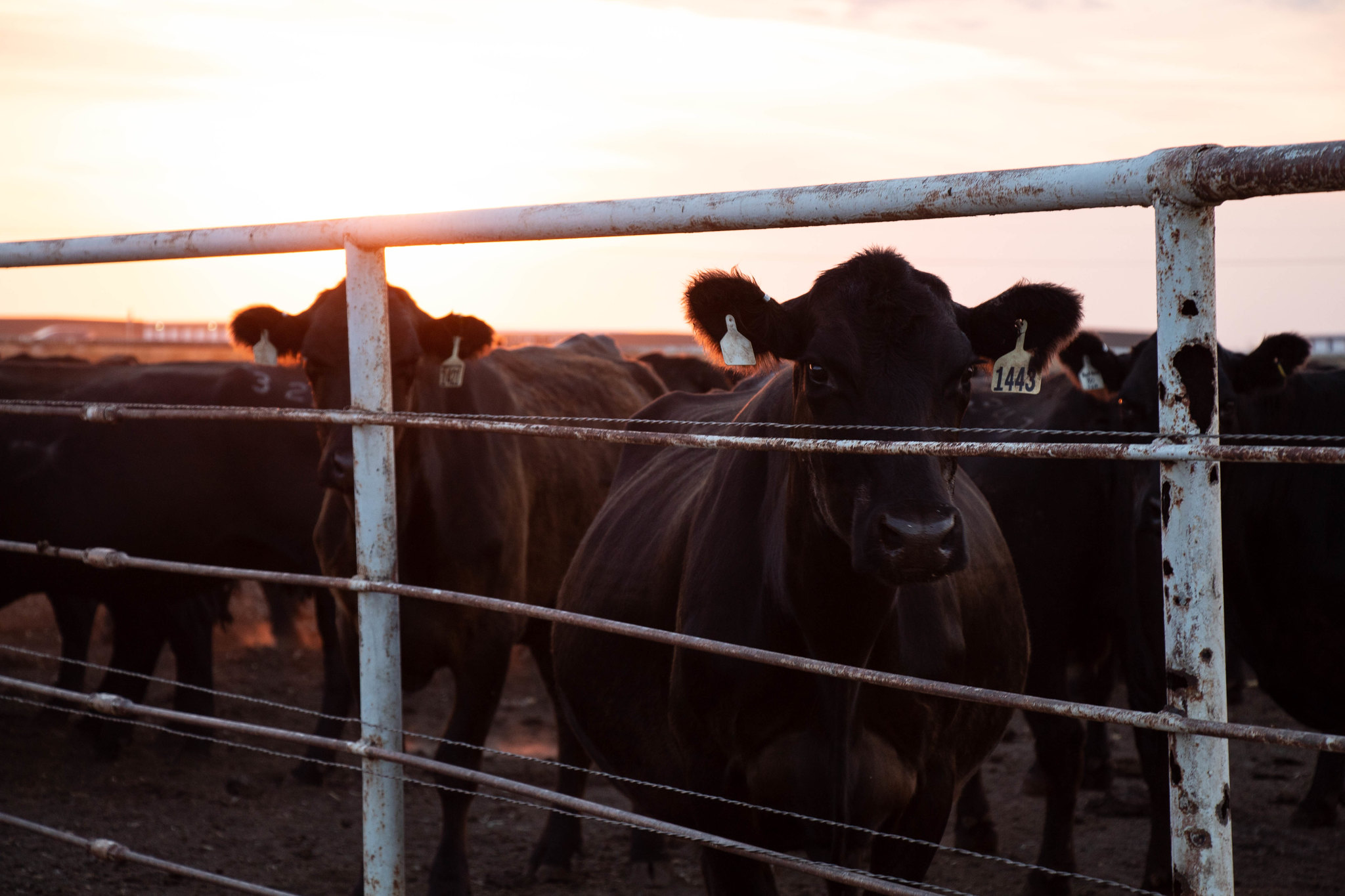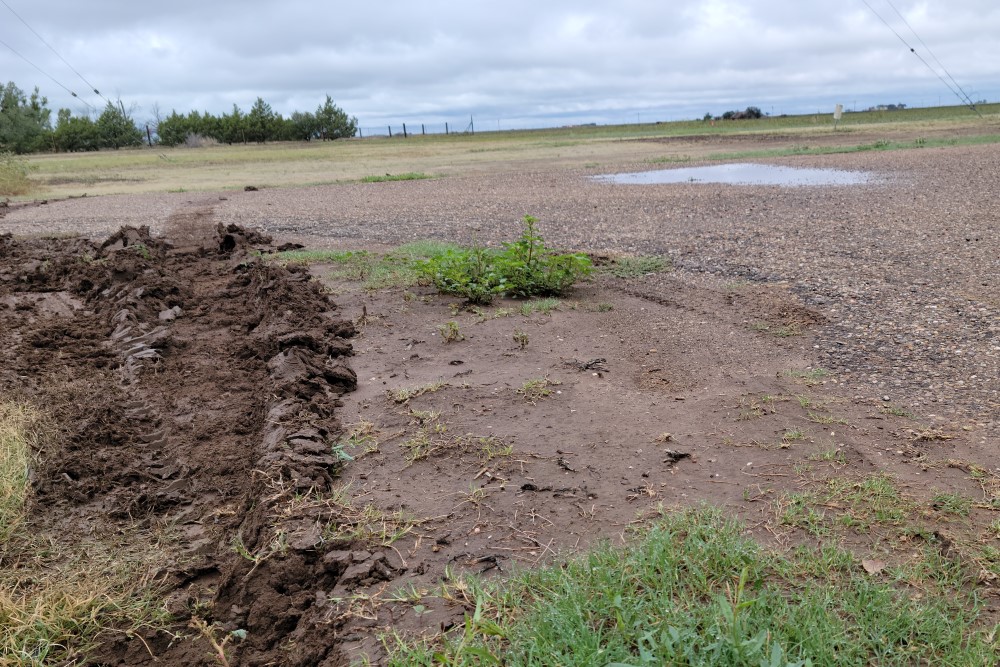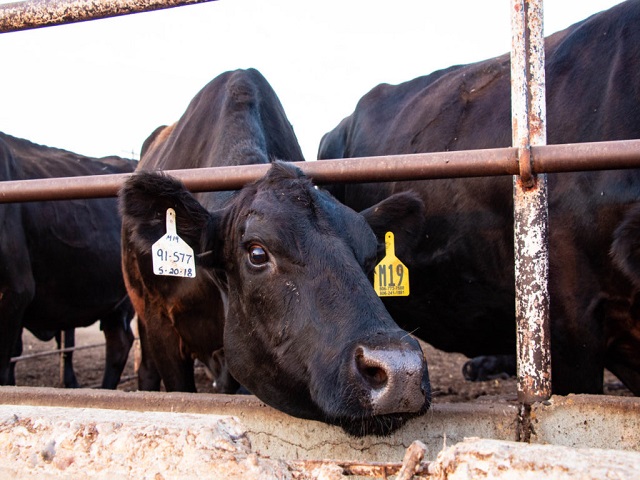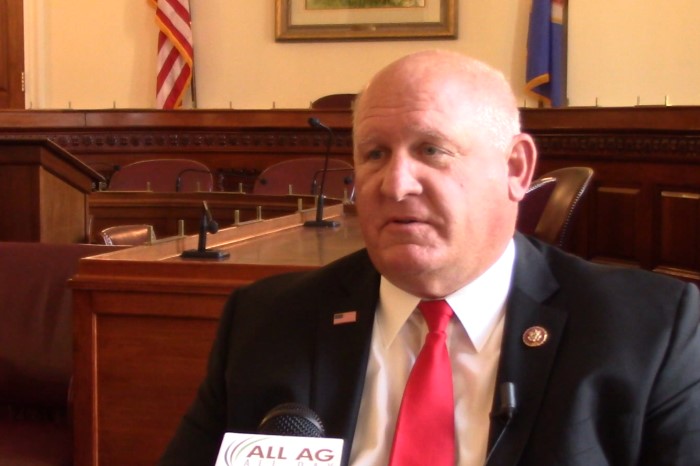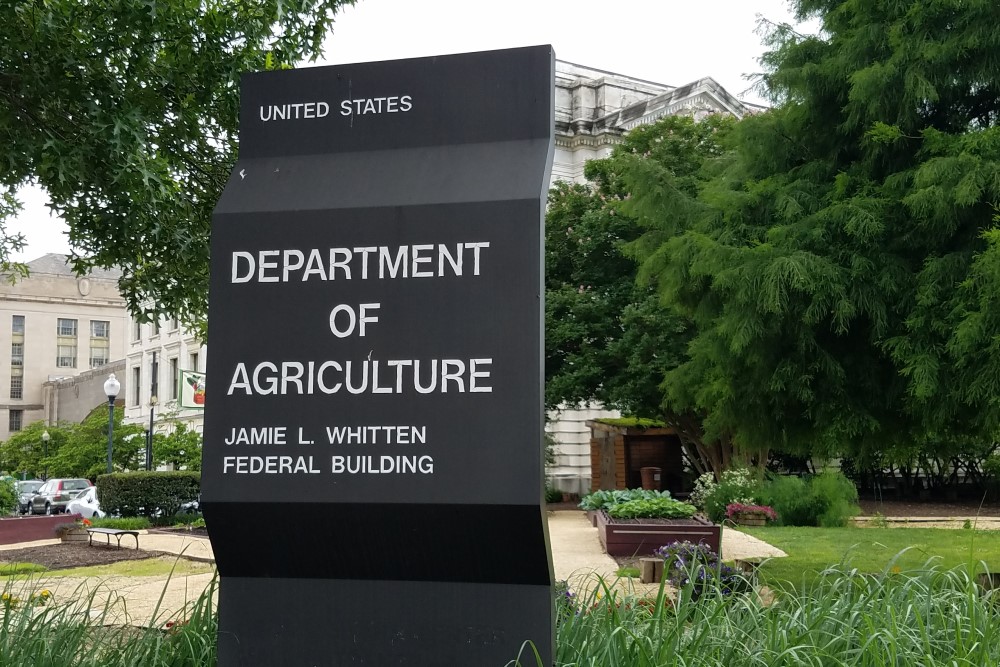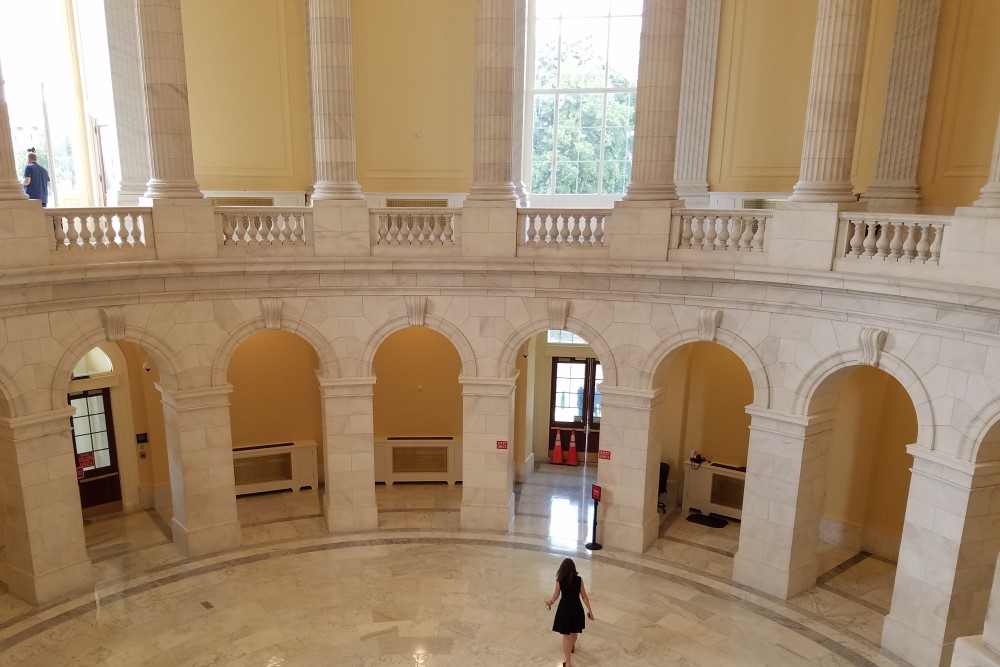Three Factors Could Undercut U.S. Farmland Values
 (CHICAGO, IL) Over the past century, U.S. farmers lived through two major crises, the Great Depression (the 1920s & 1930s) and the Farm Crises of the 1980s. The Crises occurred during a period of depressed prices for corn, soybeans, and wheat and a dramatic tightening of monetary policy. Inflation-adjusted farmland prices fell by over 40% during the Eighties and the Farm Credit System experienced large losses, which contributed to the stress of Savings and Loans (S&L) institutions as well as some medium and larger-sized banks. CME Group Senior Economist Erik Norland explains that since hitting bottom in the early Nineties, the price of agricultural land has soared, rising 169% in real terms between 1994 and 2015. In addition, agricultural land values were largely untouched by the financial crisis, experiencing only a small dip in 2009. Since 2015, however, farmland prices have gone sideways. He says there are three factors that will determine whether a significant decline in value is approaching: interest rates, the U.S. dollar and the price of key crops. The bottom line, Norland explains, hinges on what happens to farmland values in the future. Higher crop prices could offset the potentially negative influence of higher interest rates but lower prices for corn, soy and wheat may compound them.
(CHICAGO, IL) Over the past century, U.S. farmers lived through two major crises, the Great Depression (the 1920s & 1930s) and the Farm Crises of the 1980s. The Crises occurred during a period of depressed prices for corn, soybeans, and wheat and a dramatic tightening of monetary policy. Inflation-adjusted farmland prices fell by over 40% during the Eighties and the Farm Credit System experienced large losses, which contributed to the stress of Savings and Loans (S&L) institutions as well as some medium and larger-sized banks. CME Group Senior Economist Erik Norland explains that since hitting bottom in the early Nineties, the price of agricultural land has soared, rising 169% in real terms between 1994 and 2015. In addition, agricultural land values were largely untouched by the financial crisis, experiencing only a small dip in 2009. Since 2015, however, farmland prices have gone sideways. He says there are three factors that will determine whether a significant decline in value is approaching: interest rates, the U.S. dollar and the price of key crops. The bottom line, Norland explains, hinges on what happens to farmland values in the future. Higher crop prices could offset the potentially negative influence of higher interest rates but lower prices for corn, soy and wheat may compound them.









